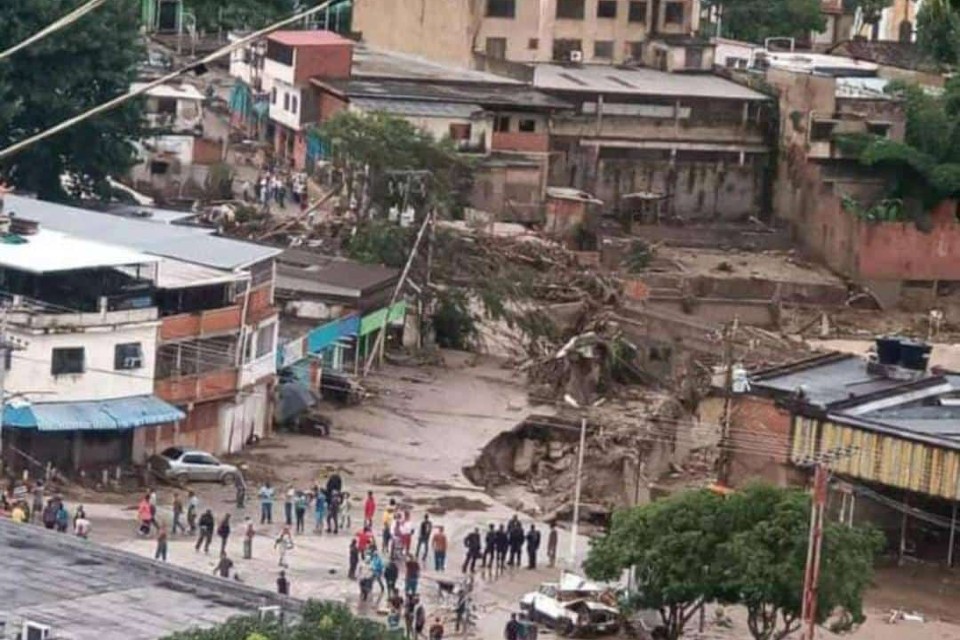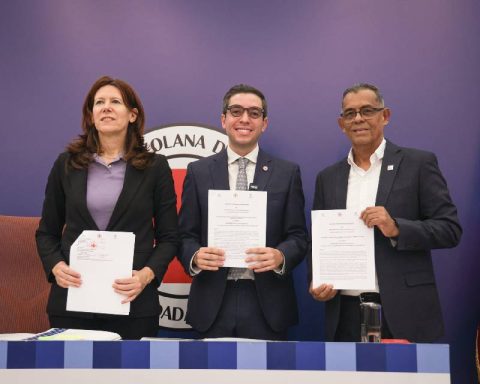The engineer and former president of Hidrocapital explained that the violence of the rain last Saturday brought with it large volumes of rocks, mud and vegetation. He argued that these phenomena can happen again and there are scientific ways to mitigate
For the former president of Hidrocapital and an expert in public policy, Jose Maria DeVianathe tragedy of The Tejerías It has nothing to do with a simple flood of streams, it is a more complicated phenomenon.
Last Saturday, October 8, the rains that fell on the Aragüeña population caused the death of thirty people and the disappearance of another fifty, in addition to considerable material losses.
De Viana explained that rainfall for more than 15 days saturated the upper basin in the area and made the soils permeable.
“And a storm on Saturday night destabilized large volumes of mud with rocks and vegetation…what reaches the town is not just water, it is as if a volcano had exploded, that happens with a return period of many years, it is a phenomenon that in Venezuela has already happened in Limón, in Vargas, in Santa Cruz de Mora and in Tovar”, said the engineer
In De Viana’s opinion, the constant rain in the last two weeks and the strength of the storm generated a movement of water, rocks, earth and vegetation of unusual violence.
“This phenomenon could repeat itself, we don’t know where. It is possible that in Las Tejerías it will not happen againbut any of the basins that have similar characteristics may have a similar fate if a dynamic event like the one last Saturday accumulates”.
In De Viana’s opinion, the constant rain in the last two weeks and the strength of the storm generated a movement of water, rocks, earth and vegetation of unusual violence.
“This phenomenon could repeat itself, we don’t know where. It is possible that in Las Tejerías it will not happen againbut any of the basins that have similar characteristics may have a similar fate if a dynamic event like the one last Saturday accumulates”.
What to do to avoid it
De Viana indicated that when it rains heavily, in countries where there is planning around atmospheric phenomena, early warnings are created.
“In the case of the basins that are under observation, underground cables are placed that break when the movement of mud begins and give a very short-term alert. For these events, the only way to anticipate is to have automatic rain registration systems that connect in real time and alert the population so that there is a previous evacuation.
According to DeViana, in Japan there are 1,000 such events per year.
“But they, through research through mitigation works, manage to combat them. Stair dams are made so that the mud stays on top of the mountains and the violence decreases. With this they have achieved that their landslides claim fewer human lives”.
Post Views:
70














